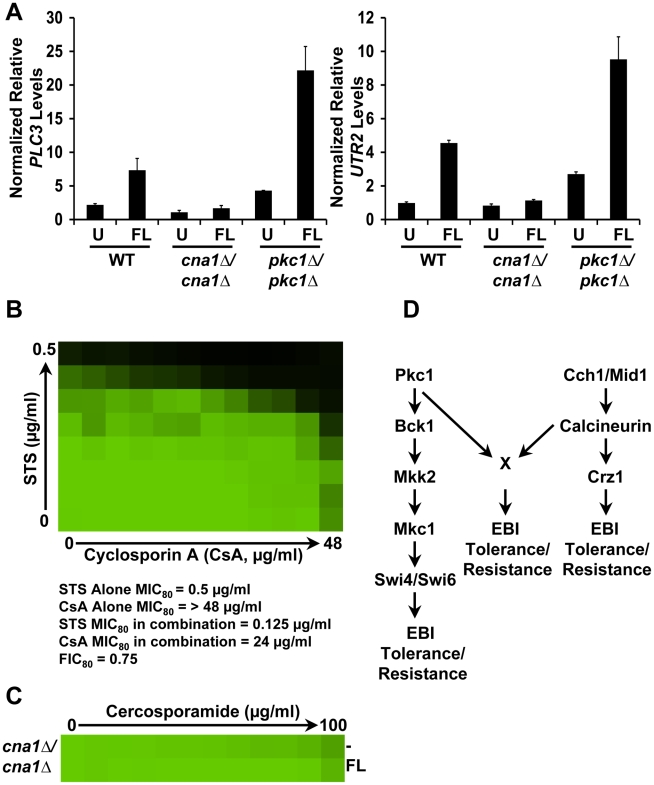Figure 7. PKC signaling and calcineurin independently regulate tolerance to ergosterol biosynthesis inhibitors via a common target in C. albicans.
(A) Deletion of C. albicans PKC1 does not block EBI-induced activation of calcineurin. Transcript levels of two calcineurin-dependent genes, PLC3 and UTR2, were measured by quantitative RT-PCR after growth in rich medium at 35°C for 6 hours without any antifungal (U) or with 16 µg/mL fluconazole (FL), as indicated. Transcripts were normalized to GPD1. Levels are expressed relative to the untreated wild-type samples, which were set to 1. Data are means ± SD for triplicate samples and are representative of two independent experiments. (B) Simultaneous inhibition of calcineurin and Pkc1 signaling does not synergistically decrease FL tolerance of a WT strain (SN95). A fractional inhibitory concentration (FIC) assay was carried out in YPD medium containing a fixed concentration of 0.5 µg/mL FL and gradients of the calcineurin inhibitor cyclosporin A (CsA) and the PKC inhibitor staurosporine (STS). Data was analyzed after growth at 35°C for 48 hours as in Figure 1A. The minimum concentration of STS or CsA that inhibits growth by 80% relative to the FL-only growth control (MIC80) individually or in combination is indicated along with the FIC. (C) FL tolerance of a mutant lacking the catalytic subunit of calcineurin is not sensitive to inhibition of PKC signaling. MIC assays were performed in YPD medium only (-) or YPD with a fixed concentration of 0.5 µg/mL FL. (D) Simplified schematic of how C. albicans Pkc1 regulates responses to ergosterol biosynthesis inhibitors (EBIs) important for basal tolerance and resistance.

